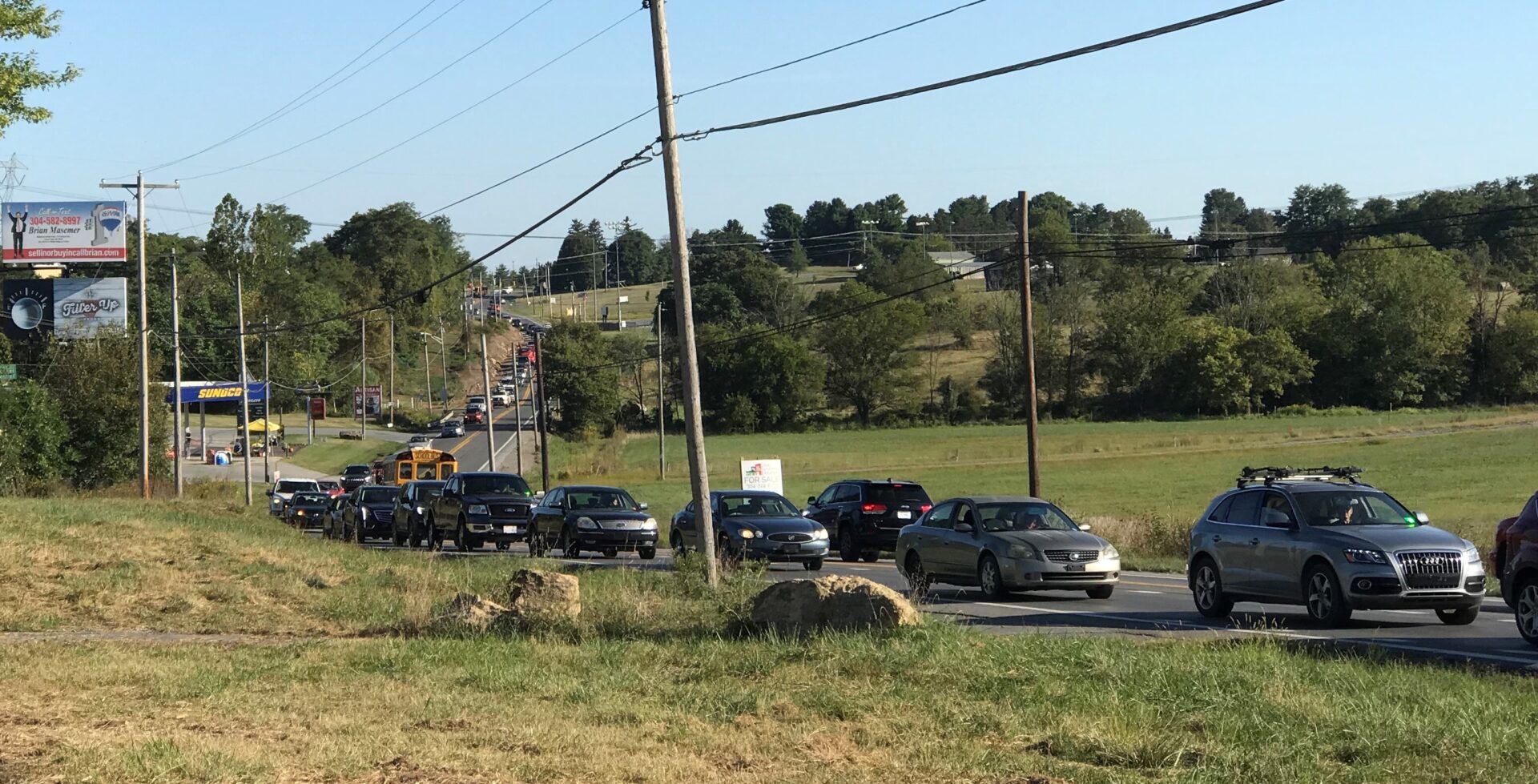This week is National School Bus Safety Week and the West Virginia Governor’s Highway Safety Program is reminding drivers and pedestrians about the state’s school bus laws.
This week is National School Bus Safety Week and the West Virginia Governor’s Highway Safety Program is reminding drivers and pedestrians about the state’s school bus laws.
The program is specifically focusing on the illegal passing of school buses while the stop-arm is extended, signaling that children are entering or exiting. Drivers should come to a complete stop until the arm is retracted and the bus begins to move.
The area where children are entering or leaving buses is called the “danger zone,” which can be 10 feet in front of the bus, 10 feet outside either side of the bus or anywhere behind the school bus.
Aimee Cantrell of the Highway Safety Program said it’s part of the program’s goal to reduce the number of incidents on West Virginia roadways.
“Not to be cliche, but school buses are transporting one of our most precious natural resources, right, our kids,” Cantrell said. “That’s why, as motorists, it’s our responsibility to just kind of keep an extra eye out, extra caution.”
The National Highway Traffic Safety Administration (NHTSA) reports 183 pedestrian deaths and 112 deaths of occupants in school-transportation-related crashes from 2011 to 2020, with 21 percent of school-age pedestrians killed in school-transportation-related crashes struck by vehicles moving straight.
However, school buses are statistically one of the safest vehicles on the road for children, accounting for less than one percent of all traffic fatalities.
Cantrell says recognizing school bus safety is also important for pedestrians.
“We would encourage any bus rider to arrive at the bus stop five minutes early, to take at least five giant steps away from the edge of the road and wait until the bus stops, the door opens and the driver says it’s okay before stepping onto the bus,” Cantrell said.
The annual observation coincides with a bus crash in Mingo County, when it collided with a truck on the King Coal Highway around 7 a.m. Tuesday morning. It hospitalized seven students and killed the truck driver.
More resources about school bus safety can be found at the NHTSA’s website.
